1. Why Does Engine Oil Turn Black?
Engine oil naturally darkens over time, and this is not necessarily a sign of poor quality or fake oil. Let’s break down the science behind it.
1.1 Cleaning and Dispersing Properties
Engine oil contains additives designed to clean and disperse contaminants, a property known as “cleaning and dispersing performance.” According to research from Chang’an University Journal (Natural Science Edition), these additives prevent carbon deposits, sludge, and varnish from forming inside the engine. Instead, they break down these contaminants and suspend them in the oil.
Imagine washing dirty clothes: the water turns black as it removes grime. Similarly, engine oil darkens as it cleans the engine.
1.2 Oxidation Under High Temperatures
Engines operate under extreme heat and pressure, causing oil to oxidize gradually. A study in Contemporary Chemical Industry explains that high temperatures degrade oil molecules, altering their physical and chemical properties, which visibly darkens the oil.

Think of reused cooking oil: repeated frying turns it darker due to oxidation. Engine oil undergoes a similar process.
1.3 Residual Contaminants
Old oil residue in the engine can mix with fresh oil during changes, accelerating discoloration. However, this does not affect the new oil’s performance.
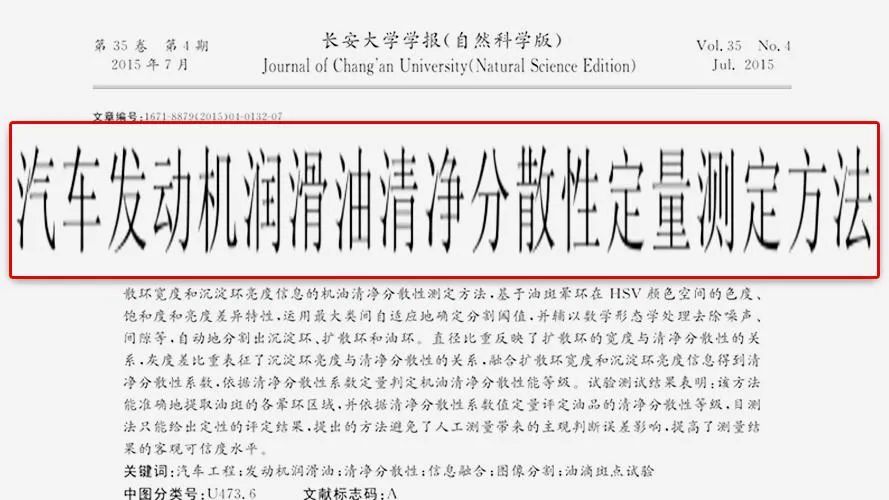
2. Does Black Oil Harm the Engine?
Many drivers worry that dark oil has degraded and could damage their engine. Research from Lubrication Engineering offers reassurance:
- Mineral, semi-synthetic, and full synthetic oils tested at replacement intervals showed no significant deterioration in viscosity or acidity.
- Oil manufacturers design products with a safety margin, meaning oil retains its protective properties even after the recommended change interval.

Analogy: Just as repeatedly fried oil isn’t immediately harmful, engine oil remains functional despite darkening.
Key Insight: Higher-quality oils often darken faster because their superior cleaning properties trap more contaminants.
3. When Should You Change Engine Oil?
3.1 The “Filter Paper Spot Test”
China’s national standard GB 8030-1987 outlines a simple method to check oil health:
- Stir the oil thoroughly.
- Drop a sample onto filter paper.
- Wait 1 hour.
- Observe the pattern:
- Clear concentric rings (like an egg’s yolk and white) indicate healthy oil.
- Uniform dark spots signal it’s time for a change.

Limitation: This test only assesses cleaning performance, not oxidation or wear resistance.
3.2 Abnormal Oil Colors
- Milky white or coffee brown: Water or fuel contamination (e.g., coolant leaks).
- Red or green tints: Coolant mixing with oil, requiring immediate inspection.
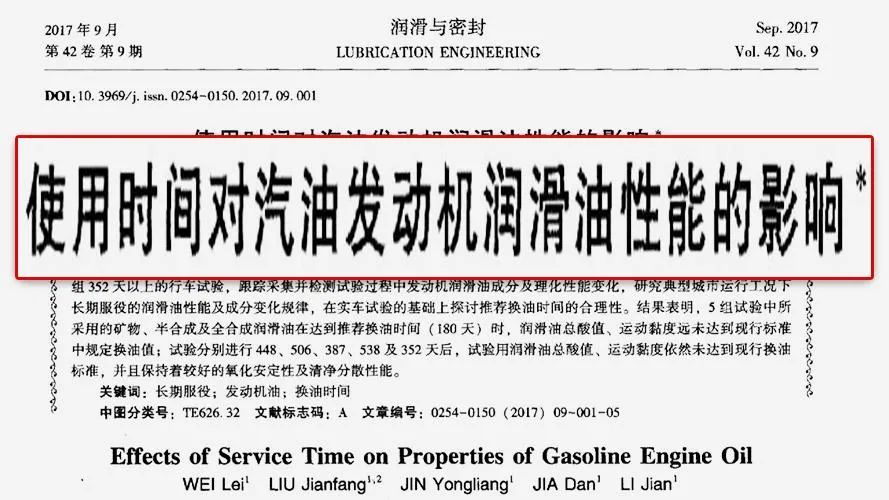
4. Common Questions About Engine Oil
4.1 Oil Consumption (Burning Oil)
Some vehicles consume excessive oil, leading to high maintenance costs. Modern engines, despite advanced technology, may still face this issue due to:
- Tighter engine tolerances increasing heat stress.
- Low-viscosity oils evaporating faster.
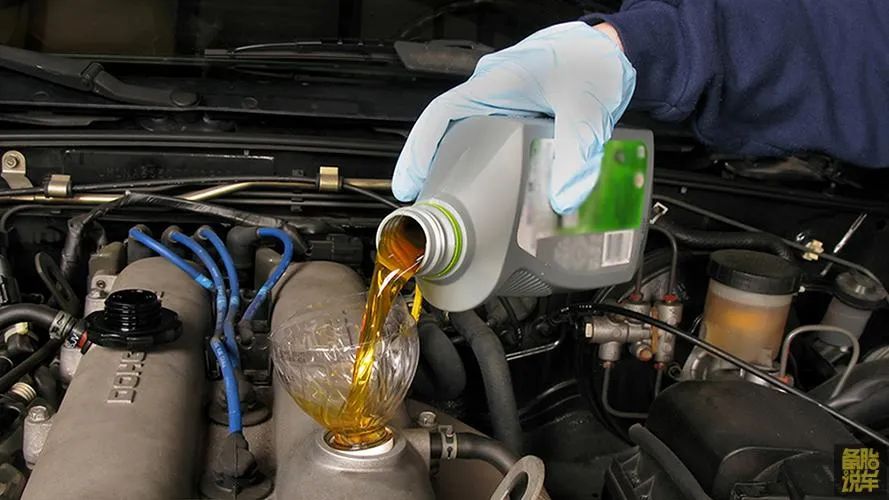
How to Check:
- Monitor oil levels between changes.
- Look for blue exhaust smoke (sign of burning oil).
4.2 Extended Oil Change Intervals
European drivers often wait 30,000 km (18,600 miles) between oil changes, while Chinese drivers change oil yearly or every 5,000–10,000 km (3,100–6,200 miles). Factors influencing this include:
- Driving conditions (city vs. highway).
- Fuel quality.
- Climate (extreme temperatures accelerate degradation).
4.3 Post-Oil Change Issues
If your car feels sluggish or consumes more fuel after an oil change:
- Confirm the correct oil viscosity (e.g., 5W-30 vs. 10W-40).
- Check for air bubbles or improper filling.

5. Maintenance Tips
- Follow Manufacturer Guidelines: Adhere to recommended oil types and change intervals.
- Use High-Quality Filters: They trap contaminants more effectively.
- Avoid Unnecessary Additives: Modern oils already contain balanced additives.
- Monitor Oil Levels: Check monthly and top up if needed.
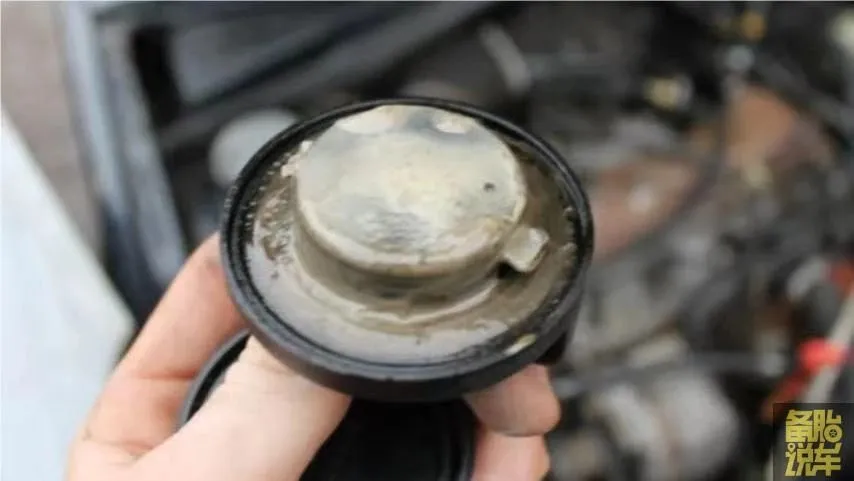
Conclusion
Engine oil darkening is normal and reflects its role in keeping your engine clean. While color changes alone don’t indicate failure, regular oil changes based on manufacturer guidelines ensure optimal engine health. For abnormal colors or performance issues, consult a mechanic promptly.
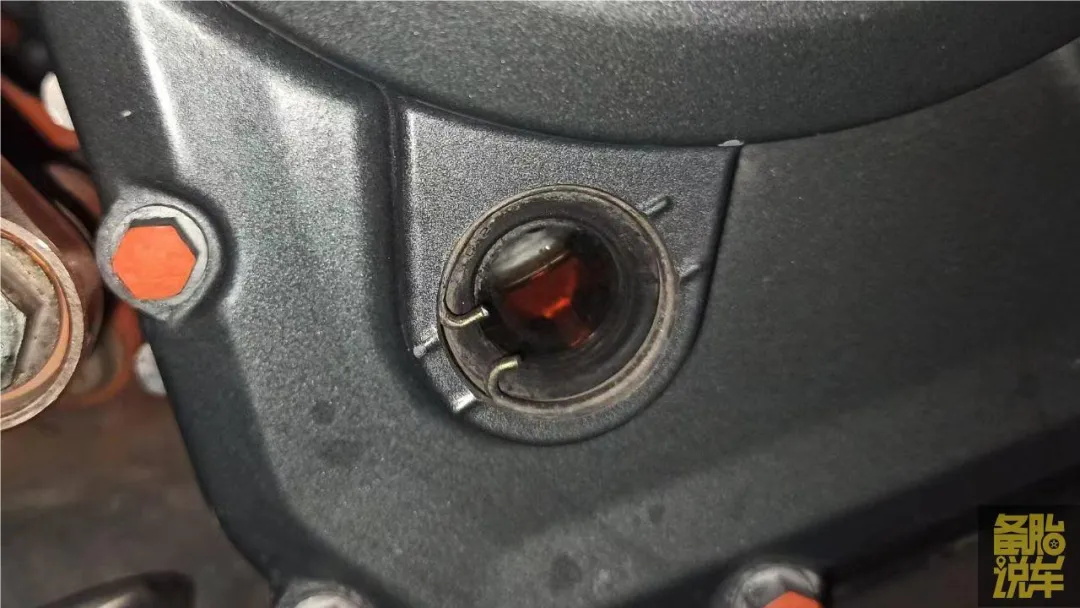
By understanding these principles, you can maintain your vehicle confidently and avoid unnecessary expenses.
References
- Xiao Mei et al., Automotive Engine Lubricant Cleaning Performance Measurement, 2015.
- Yao Ting et al., Thermal Oxidation Color Changes in Ester Lubricants, 2015.
- Wei Lei et al., Impact of Usage Duration on Gasoline Engine Oil Performance, 2017.
- GB 8030-1987, Field Testing Methods for Lubricants.
